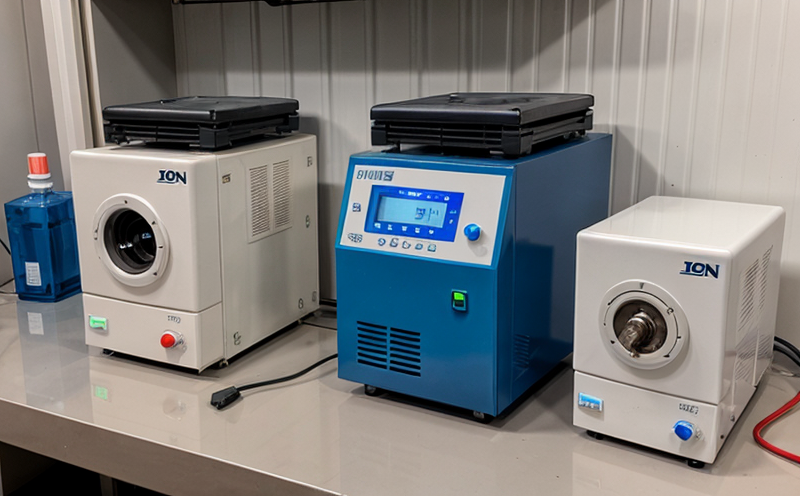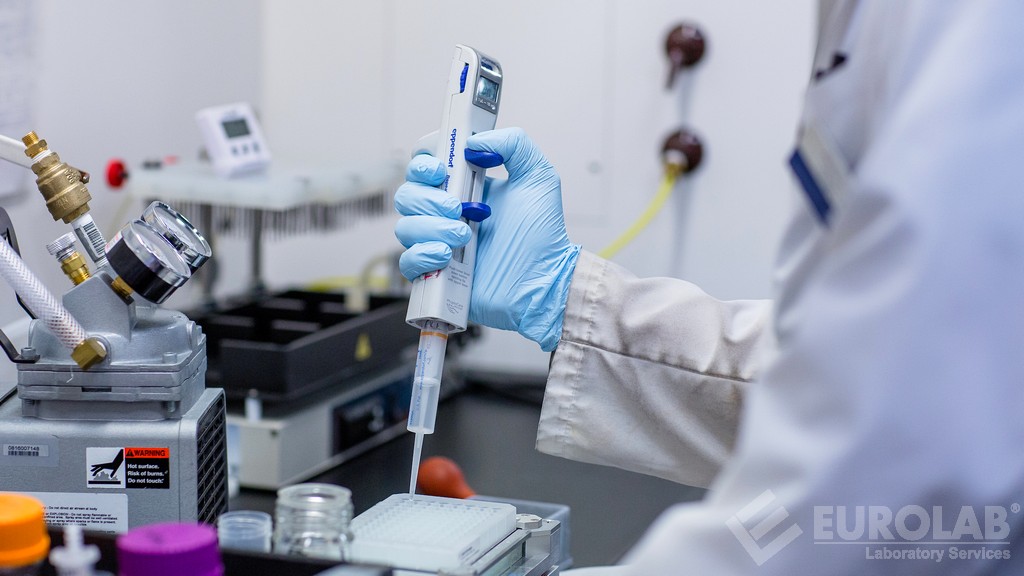AOAC 2015 Mineral Content Testing in Baby Foods
The AOAC International Method 984.15 (referred to as AOAC 2015) is a widely recognized standard for the determination of mineral content, including essential and non-essential elements, in baby foods. This method ensures accurate quantification of minerals such as calcium, iron, zinc, copper, magnesium, potassium, sodium, and others that are crucial for infant nutrition.
Infant dietary requirements are distinct from those of adults due to the rapid growth and development during early life stages. Ensuring an appropriate mineral content in baby foods is critical for supporting healthy bone formation, immune function, and overall metabolism. This testing method provides a robust framework for manufacturers to meet these stringent nutritional needs.
The AOAC 2015 procedure involves several steps designed to ensure accurate results:
- Sample preparation: Properly homogenizing the sample to avoid biases in measurement.
- Digestion: Using acid digestion techniques such as nitric and perchloric acids to break down complex compounds into simpler forms that can be analyzed.
- Spectrometric analysis: Utilizing atomic absorption spectrophotometry (AAS) or inductively coupled plasma optical emission spectroscopy (ICP-OES) for precise quantification of the target elements.
By adhering to this method, manufacturers can ensure compliance with international and national standards, thereby safeguarding infant health and development. This service not only supports regulatory requirements but also enhances brand reputation by demonstrating a commitment to quality and safety in product formulation.
The AOAC 2015 protocol is specifically tailored for baby foods but can be adapted for other food products requiring mineral analysis. Its robustness lies in its ability to produce accurate, repeatable results across different laboratories, making it a reliable choice for quality assurance programs.
Given the importance of minerals in infant nutrition, this testing method plays a pivotal role in maintaining the integrity and safety of baby food products. By leveraging AOAC 2015, manufacturers can ensure that their products meet stringent nutritional benchmarks, contributing to healthier outcomes among infants consuming these foods.
Applied Standards
The AOAC 2015 Method is based on the principles outlined in the AOAC International Method Development Program. This ensures that the method adheres to the highest scientific standards and is continuously updated to reflect advancements in analytical techniques.
The primary objective of AOAC 2015 is to provide a standardized approach for determining mineral content, which is critical for compliance with international standards such as ISO 6579:2014. This standardization supports the accurate and reliable reporting of essential minerals in baby foods, facilitating consistent quality across different batches and production runs.
In addition to ISO standards, compliance with regional regulations such as those set by FDA (US) and EFSA is essential for manufacturers operating globally. AOAC 2015 provides a pathway that aligns seamlessly with these regulatory requirements, ensuring that products meet the necessary criteria.
The method also incorporates the latest in atomic absorption spectrophotometry (AAS) and inductively coupled plasma optical emission spectroscopy (ICP-OES), which are state-of-the-art technologies for mineral analysis. These instruments offer high precision and sensitivity, enabling accurate quantification of trace elements even at very low concentrations.
The AOAC 2015 protocol is further supported by the ASTM standards, which provide additional validation for the method's reliability. By adhering to these internationally recognized guidelines, laboratories ensure that their testing results are both accurate and consistent.
The use of AOAC 2015 in baby food analysis is not only about compliance but also about ensuring product quality. The method's rigorous approach ensures that all critical minerals are accurately measured, contributing to the overall safety and efficacy of the products. This commitment to excellence aligns with the broader goals of infant nutrition science.
Why Choose This Test
- Regulatory Compliance: AOAC 2015 ensures compliance with international standards, making it a critical tool for quality assurance and regulatory bodies.
- Consistency in Results: The standardized protocol provides consistent results across different laboratories, enhancing the reliability of test outcomes.
- Innovative Technology: Utilizing advanced atomic absorption spectrophotometry (AAS) and inductively coupled plasma optical emission spectroscopy (ICP-OES), this method offers high precision and sensitivity.
- Rigorous Validation: The AOAC 2015 Method is validated through continuous updates and rigorous scientific review, ensuring its relevance and accuracy.
- Global Acceptance: Widely recognized by regulatory bodies worldwide, this method enhances the credibility of your testing results.
- Comprehensive Analysis: The protocol covers a wide range of essential minerals, providing a comprehensive overview of mineral content in baby foods.
- Expertise and Support: Partnering with an accredited laboratory ensures access to expert knowledge and support throughout the testing process.
The AOAC 2015 Method is more than just a standard—it's a commitment to excellence. By choosing this test, you ensure that your baby food products meet the highest quality standards and are safe for consumption by infants.
International Acceptance and Recognition
The AOAC 2015 Method is recognized globally for its accuracy and reliability in mineral content testing. This method is widely accepted by regulatory bodies, international organizations, and industry leaders alike. Its widespread acceptance underscores the importance of this protocol in ensuring food safety and quality.
Regulatory bodies such as the FDA, EFSA, and national food standards agencies require compliance with AOAC 2015. This method is also embraced by industry associations and professional societies, further solidifying its position as a gold standard in mineral analysis.
Global acceptance of AOAC 2015 extends beyond regulatory requirements to the broader scientific community. Many leading research institutions and academic journals reference this method in their studies on infant nutrition and food safety. This recognition ensures that your testing results are validated by the world's foremost experts in the field.
The widespread use of AOAC 2015 in international markets enhances the credibility of your baby food products, making them more attractive to consumers globally. It also facilitates smoother trade processes by ensuring compliance with regional and national standards.
By choosing this test, you not only meet regulatory requirements but also position your brand as a leader in infant nutrition. The global acceptance and recognition of AOAC 2015 ensure that your products are trusted worldwide, contributing to consumer confidence and market success.





